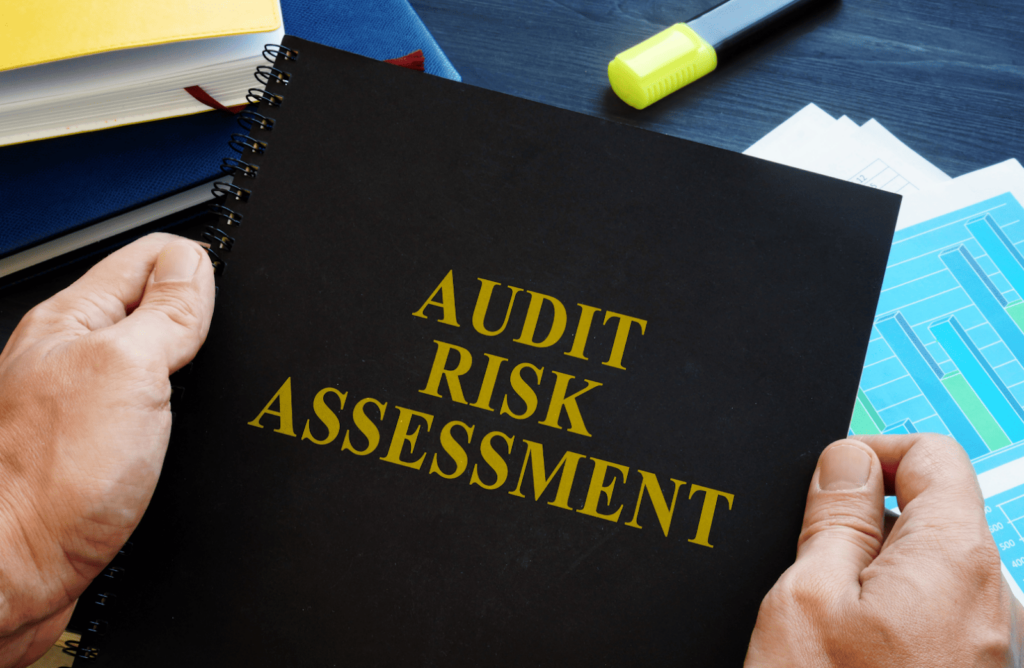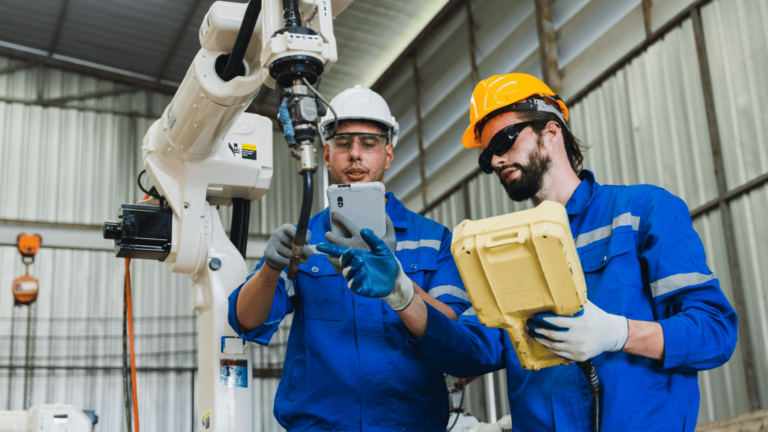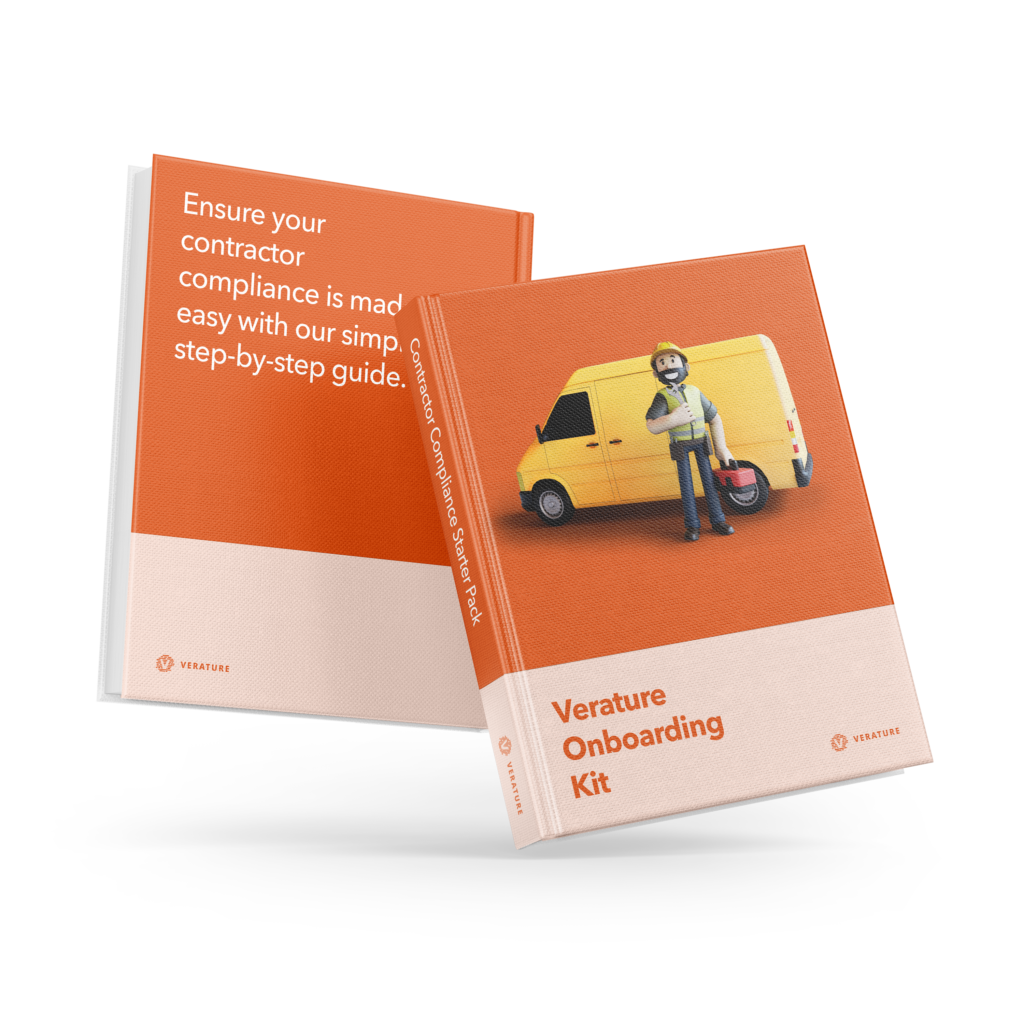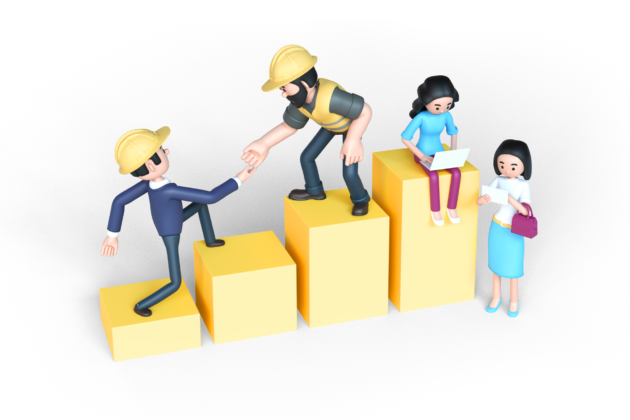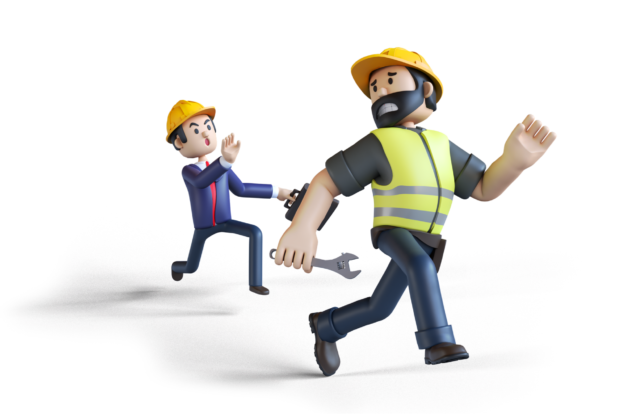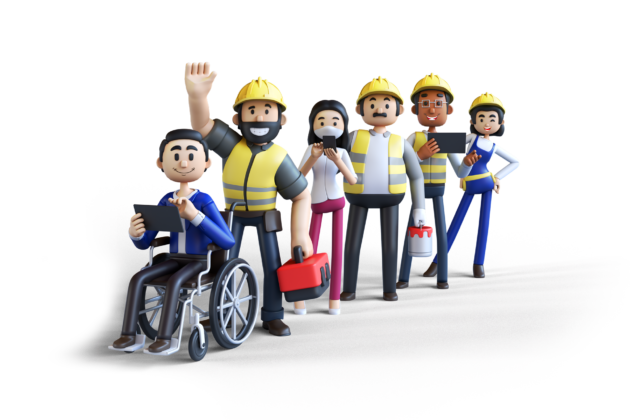- Why Verature?Find out why Verature is the best system for continuous contractor compliance.
- Arrive, Work & Stay Safe
- Removes Paper & Spreadsheets
- Tracks Key Contractors
- Instant 360 Visibility
- Contractor Management Dashboards
- Why Contractor Management Software
- Our Customer Reviews
- Pricing
We don’t hide behind fancy sales teams before we tell you, our prices.- Clients
See who we are working with and what they have to say about Verature.- Resources
Check out our blog, useful guides, whitepapers and product videos.- Prequalification and Induction Guide
- Contractor Compliance Guide
- Mini-Audit your Permit to Work System
- Health and Safety Audit Checklist
- Resource Library
- Blog
Book a demo
The Evolution of Risk Assessment: Why Dynamic Approaches Matter
Defining Risk Assessment
Risk assessment is a systematic process used to identify, evaluate, and prioritise risks associated with potential hazards in the workplace. Traditionally, risk assessments have relied on static methods, which involve one-time evaluations and predetermined checklists to assess safety measures and compliance. These methods have been widely adopted across various industries, including construction and manufacturing, where they serve as a foundation for ensuring workplace safety.
Limitations of Static Risk Assessment Approaches
Despite their widespread use, static risk assessment approaches present several limitations in today’s dynamic work environments. These traditional methods often fail to account for the rapidly changing conditions that can affect workplace safety. For instance, static assessments may become outdated quickly due to new equipment, changes in work processes, or evolving regulatory requirements. This inflexibility can lead to significant risks being overlooked, resulting in incidents that could have been prevented with more adaptive assessment strategies.
Moreover, reliance on static assessments can create a false sense of security among organisations. When risks are evaluated only once and not revisited regularly, there is a higher likelihood of compliance failures and safety incidents. Examples of such failures include construction sites where outdated risk assessments did not account for new hazards introduced by ongoing work or modifications to existing structures.
Purpose of the Article
The purpose of this article is to explore the evolution of risk assessment practices and highlight the importance of dynamic approaches in enhancing safety and compliance, particularly in contractor management. By examining the limitations of traditional methods and advocating for more flexible, real-time assessment strategies, we aim to demonstrate how dynamic risk assessment can lead to improved safety outcomes and better management of contractor-related risks.
The Traditional Approach to Risk Assessment
Overview of Static Risk Assessment
Traditional risk assessments are typically conducted using methods such as checklists and one-time evaluations. These assessments involve identifying potential hazards, evaluating their likelihood and severity, and determining appropriate control measures to mitigate risks. Common industries where static assessments have been prevalent include:
- Construction: Static assessments often focus on identifying hazards related to equipment use, site conditions, and worker safety protocols.
- Manufacturing: In manufacturing settings, static assessments may evaluate risks associated with machinery operation, chemical handling, and workplace ergonomics.
While these methods provide a foundational understanding of workplace risks, they often lack the adaptability required in fast-paced environments.
Limitations of Static Assessments
Static risk assessments face several challenges that limit their effectiveness:
- Inflexibility: Once completed, static assessments do not adapt to changes in the work environment or processes. This inflexibility can result in missed opportunities to address new hazards as they arise.
- Outdated Information: As workplace conditions evolve—such as new equipment being introduced or changes in regulations—static assessments may become obsolete. Relying on outdated information can lead organisations to underestimate current risks.
- Inability to Adapt: Static assessments do not account for dynamic factors that may influence risk levels over time. For example, if a contractor’s work practices change or if new personnel are introduced without adequate training on safety protocols, the initial assessment may no longer reflect the actual risk landscape.
Examples of incidents that have occurred due to reliance on outdated risk assessments include:
- Construction Accidents: A construction site may experience a serious injury due to scaffolding that was deemed safe based on an outdated assessment that did not consider recent modifications or additional loads.
- Manufacturing Incidents: In a manufacturing facility, an explosion might occur because an old risk assessment failed to account for newly introduced chemicals that interact dangerously with existing materials.
These limitations underscore the need for a more dynamic approach to risk assessment that can adapt to changing conditions and provide ongoing insights into workplace safety.
The Shift Towards Dynamic Risk Assessment
Defining Dynamic Risk Assessment
Dynamic risk assessment is an ongoing process that involves continuously monitoring and evaluating risks in real time, particularly in environments that are constantly changing or present high levels of uncertainty. Unlike traditional static assessments, which are conducted at a single point in time, dynamic risk assessments allow workers to make quick evaluations as situations evolve.
This approach is particularly beneficial in industries such as construction, emergency services, and healthcare, where conditions can change rapidly and unpredictably. For example, a construction worker may need to assess the stability of scaffolding as new materials are added or as weather conditions change.
The Role of Technology:
Technology plays a crucial role in facilitating dynamic risk assessments. Software solutions can provide real-time insights into potential hazards, enabling workers to respond swiftly to emerging risks. Tools like mobile applications and digital dashboards allow for immediate data collection and analysis, ensuring that safety measures are updated continuously based on the latest information.
Benefits of Dynamic Approaches
Dynamic risk assessments offer several key benefits that enhance workplace safety:
- Improved Responsiveness: By allowing for real-time evaluations, dynamic risk assessments enhance an organisation’s ability to respond to emerging risks and changing work conditions. This flexibility is vital in environments where hazards can arise unexpectedly.
- Enhanced Communication and Collaboration: Dynamic approaches foster better communication and collaboration among contractors and management teams. When all stakeholders are engaged in the assessment process, they can share insights and observations that contribute to a more comprehensive understanding of the risks involved.
- Empowerment of Workers: Workers equipped with the skills to conduct dynamic risk assessments feel more confident in their ability to identify and mitigate risks on the spot. This empowerment promotes a proactive safety culture where employees take ownership of their safety practices.
Implementing Dynamic Risk Assessment in Contractor Management
Integrating Technology for Real-Time Monitoring
To effectively implement dynamic risk assessment in contractor management, organisations can leverage tools like Verature Contractor management and safety software. This software automates contractor management processes and facilitates dynamic risk assessments through features such as:
- Real-Time Compliance Tracking: Verature Contractor management and safety software allows organisations to monitor contractor compliance with safety protocols continuously, ensuring that any deviations are addressed immediately.
- Automated Alerts for Expired Documents: The software can send notifications when contractor certifications or safety documents are nearing expiration, prompting timely renewals and maintaining compliance.
- Digital Dashboards: These provide visibility into contractor performance, allowing managers to assess risk levels dynamically and make informed decisions based on current data.
Creating a Culture of Safety and Responsiveness
Fostering a culture that values continuous improvement and proactive safety measures is essential for the successful implementation of dynamic risk assessments. Strategies for achieving this include:
- Training Contractors on Dynamic Risk Assessment Practices: Providing comprehensive training ensures that contractors understand how to conduct dynamic assessments effectively. This training should cover identifying hazards, evaluating risks, and implementing control measures in real-time.
- Encouraging Participation in Safety Initiatives: Actively involving contractors in safety initiatives helps reinforce the importance of dynamic risk assessments. Encouragement can come through regular safety meetings, feedback sessions, and recognition programs that highlight proactive safety behaviours.
By integrating technology and cultivating a culture of safety, organisations can enhance their contractor management processes through effective dynamic risk assessment practices.
Conclusion
In conclusion, the evolution of risk assessment from static to dynamic approaches is essential for enhancing safety and compliance in contractor management. This article has highlighted the limitations of traditional static risk assessments, which often fail to adapt to rapidly changing work environments. We explored how dynamic risk assessments provide a more flexible and responsive framework for identifying and managing risks in real time, ensuring that organisations can effectively address emerging hazards.
Dynamic risk assessments improve responsiveness to changing conditions and foster better communication and collaboration among contractors and management teams. By integrating technology, such as software solutions that facilitate real-time monitoring and compliance tracking, organisations can enhance their contractor management processes significantly.
Embrace Dynamic Risk Assessment Today!
We encourage you to adopt dynamic risk assessment practices within your organisation to improve safety and compliance. Embracing these modern approaches will not only enhance your risk management strategies but also empower your workforce to respond effectively to evolving challenges.
Consider exploring software solutions like Verature that can facilitate this transition by automating processes, providing real-time insights, and enhancing overall contractor management.
Book a demo today to see if Verature is right for you! Visit Verature to schedule your demo and take the first step towards a safer, more compliant workplace!
Book a demoFind out if you’re ready with our Verature Onboarding Kit
Not sure if Verature is right for you? We understand it’s not easy to make a decision on a new system, but that’s why we’ve created our Onboarding Kit to make that that process simple.
Check our package details
Find out no matter what package you choose, you’ll be getting the best features you need for you and your team so you can have continuous contractor compliance.
Make it your own
You’ll get to see and choose your customisation options, and check out the available add-ons and extras so the system is exactly what you want and need.
Quickly getting you started.
Keeping this guide with you, and working closely with us, we can walk you through each step so you can be completely up and running with your own Verature system.
More reasons to use Verature
It’s easy to get started.
Step 1
Book a demo of Verature with the team.
Step 2
We’ll chat through your requirements and see if Verature is right for you.
Step 3
We’ll send you demo access and our onboarding kit to help you decide what you need.
Step 4
You decide if we’re right for you. No pushy sales calls.
Step 5
Like what you see and hear? Let’s get you onboarded with Verature!

